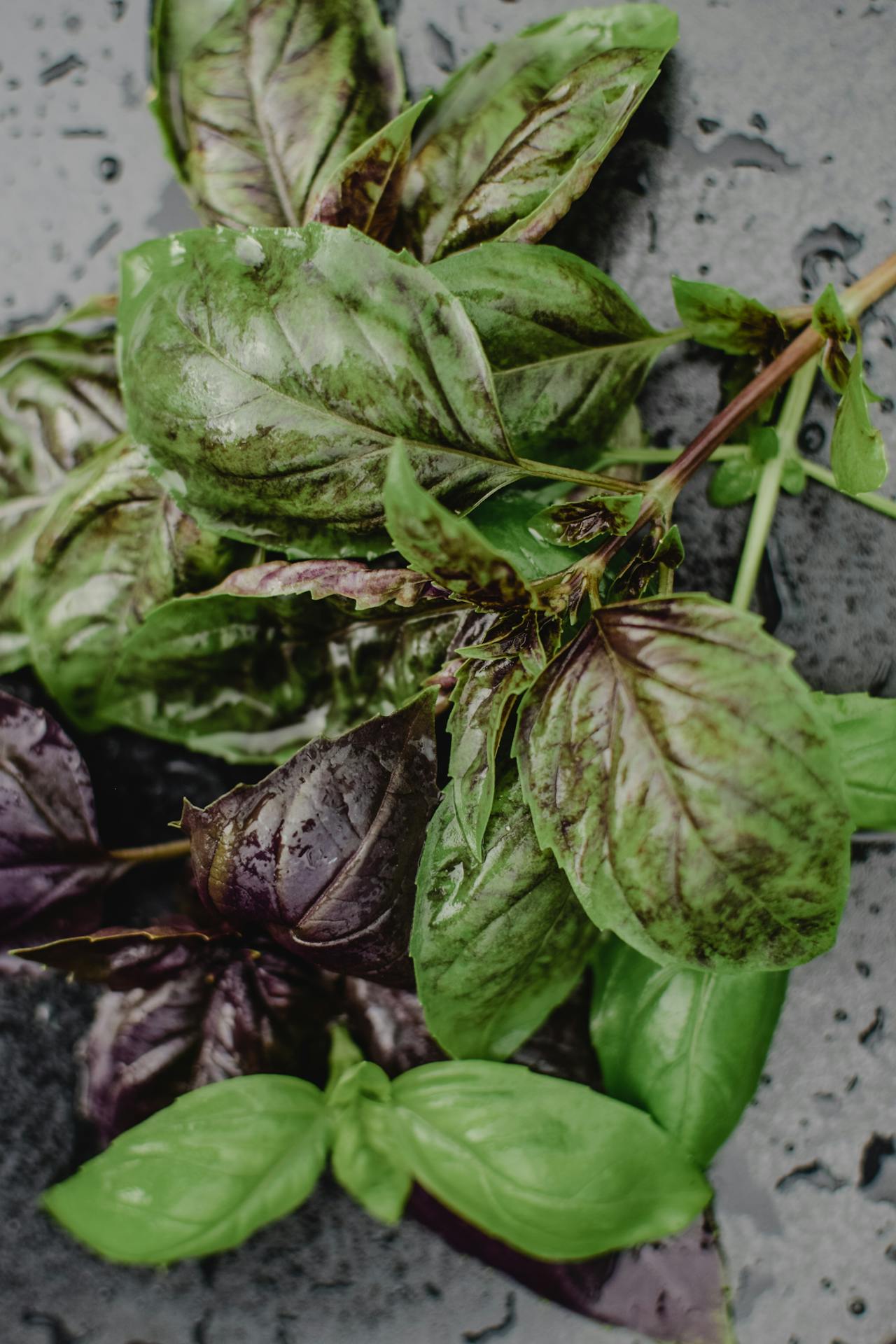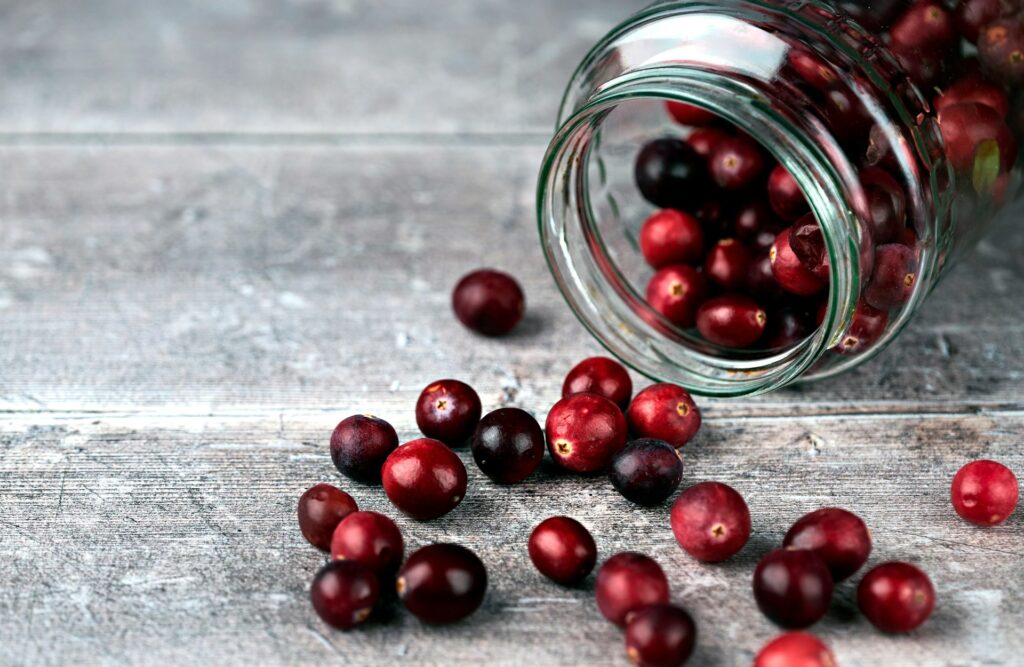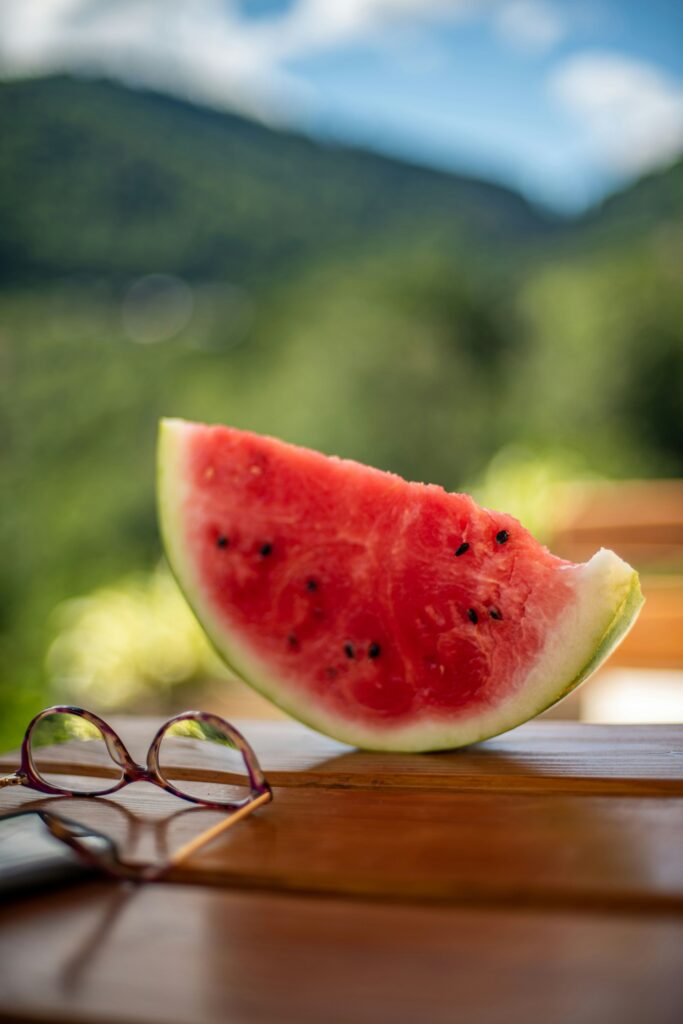
Gardeners cherish basil for its aromatic leaves, essential in many culinary dishes, especially pesto. However, when basil leaves turn brown or exhibit black discoloration, it’s often a sign of underlying health issues. Discoloration can be caused by environmental stressors, pests, or diseases. Recognizing the symptoms early can help in applying the correct treatment, ensuring that your basil continues producing fresh leaves. This guide will help you understand why these changes occur and what steps you can take to address them.
Common Issues with Basil Leaves
Basil leaves are susceptible to various conditions that cause them to turn brown. Environmental factors like direct sunlight or inadequate water can stress the plant, leading to brown leaves. Additionally, fungal infections such as leaf spot can manifest as brown or black spots on the leaves, signaling the need for immediate care. Understanding these common issues can prevent serious damage to your basil plants.
Symptoms of Leaves Turning on Basil Plants
When basil leaves start turning, it may first appear as yellowing leaves that eventually turn brown. This is often an early sign of distress, possibly from overwatering or nutrient deficiencies. Gardeners should monitor their plants for these changes, as early detection allows for quicker, more effective interventions. Keeping an eye on the soil’s moisture and the color of the leaves can provide answers you’re looking for.
Identifying Basil Downy Mildew
Basil downy mildew, caused by the water mold Peronospora belbahrii, is a serious disease that can quickly spread among plants. It typically presents as yellow spots on the upper surface of the leaves and a fuzzy gray growth on the underside. This disease thrives in humid conditions, and affected leaves often droop and die. Effective management involves improving air circulation and using resistant varieties of basil.
The Process and Patterns as Basil Leaves Turn Brown
The process by which basil leaves turn brown often involves environmental stress or infection. Brown spots start appearing, usually indicating a fungal infection like cercospora leaf spot or bacterial issues. Over time, these spots enlarge, causing the entire leaf to brown and affecting the entire plant. Early identification and removal of affected leaves can prevent the spread to healthier parts of the plant.
Recognizing Brown Spots on Basil Leaves
Brown spots on basil leaves are typically a sign of fungal diseases like fusarium or bacterial leaf spot. These spots start small but can grow, merging into larger patches that blacken and kill the leaf tissue. To manage these spots, ensure your basil gets adequate air circulation and avoid overhead watering to minimize moisture on the leaves, which can exacerbate fungal growth.
Causes and Consequences When Leaves Turn Black
When basil leaves turn black, it often signals advanced disease or severe environmental stress. Black leaves can result from frost damage or a severe pest infestation, such as aphids or spider mites, which damage the plant and reduce its vigor. Managing the environment and ensuring the plant is healthy can help mitigate these issues. If leaves are turning black, assess the care regimen and adjust as necessary.
The Significance of Wilt in Basil Plants
Wilt in basil can arise from various causes, including fusarium wilt and overwatering, which lead to root rot. Wilted plants often droop noticeably, and the leaves may become discolored. It’s crucial to determine the cause of wilt to address it properly, whether it requires changing watering habits or treating soil with fungicides. Healthy basil plants need well-draining potting soil and balanced moisture levels.
Gardener’s Guide to Managing Basil Health
Every gardener should understand the signs of distress in their basil plants, such as wilt, discolored leaves, or stunted growth. Good gardening practices include proper plant spacing for air circulation, regular checking for pests like aphids, and ensuring the soil has adequate nutrients but not too much nitrogen, which can promote excessive leaf growth at the expense of flavor and strength.
Detailed Look at Basil Downy Mildew
Basil downy mildew affects many gardeners’ plants, especially during mid to late summer when conditions are most humid. The key to managing this disease is to plant disease-resistant varieties and ensure good air circulation among plants. Infected plants show a distinct pattern of yellow and brown spots, and affected leaves should be removed and destroyed to prevent further spread.
Diagnosing Leaf Spot in Basil
Leaf spot diseases, including bacterial leaf spot and cercospora leaf spot, cause dark spots on the leaves of basil. These spots often have a yellow halo and can lead to significant leaf drop, reducing the plant’s ability to photosynthesize effectively. Managing leaf spot involves practicing crop rotation, using fungicide treatments if necessary, and removing affected plant material to prevent the spread of spores.
Fusarium’s Impact on Basil
Fusarium, a soil-borne fungus
, causes one of the most devastating diseases in basil – fusarium wilt. Infected plants often exhibit a gradual decline, starting with the yellowing and wilting of lower leaves. The fungus effectively blocks the water transport system in the plant, leading to drooping and eventual death. Using resistant varieties and ensuring good soil drainage are critical for managing this disease.
Managing Bacterial Leaf Spot in Basil
Bacterial leaf spot can quickly ruin a basil crop, causing dark, water-soaked spots on leaves that eventually turn brown or black. The bacteria thrive in warm, moist environments, and managing this disease involves reducing leaf wetness and improving spacing between plants for better air circulation. Infected plants should be removed to prevent the spread of the bacteria to healthy plants.
Choosing Resistant Varieties for Healthier Basil
Choosing resistant varieties is a proactive way to prevent many common basil diseases, such as downy mildew and fusarium wilt. These varieties have been bred to resist specific pathogens, allowing them to grow with less risk of major disease outbreaks. Gardeners should research and select varieties proven to perform well in their local conditions, providing a healthier start for their plants.
Tackling Fusarium Wilt in Basil Plants
Fusarium wilt is a formidable challenge for basil growers, but it can be managed by selecting resistant varieties and ensuring proper soil conditions. The disease causes plants to wilt and leaves to turn yellow and die. It is crucial to avoid overwatering and to ensure good drainage to prevent the fungus from thriving. Affected plants are often not salvageable and should be removed to prevent the spread of spores.
Coping with Cercospora Leaf Spot in Basil
Cercospora leaf spot appears as small, dark spots on basil leaves, which can grow and coalesce, causing significant damage. Managing this disease includes practicing good sanitation, removing infected leaves, and applying fungicides if necessary. Ensuring plants have enough space for air to circulate can also help reduce the incidence of this and other fungal diseases.




